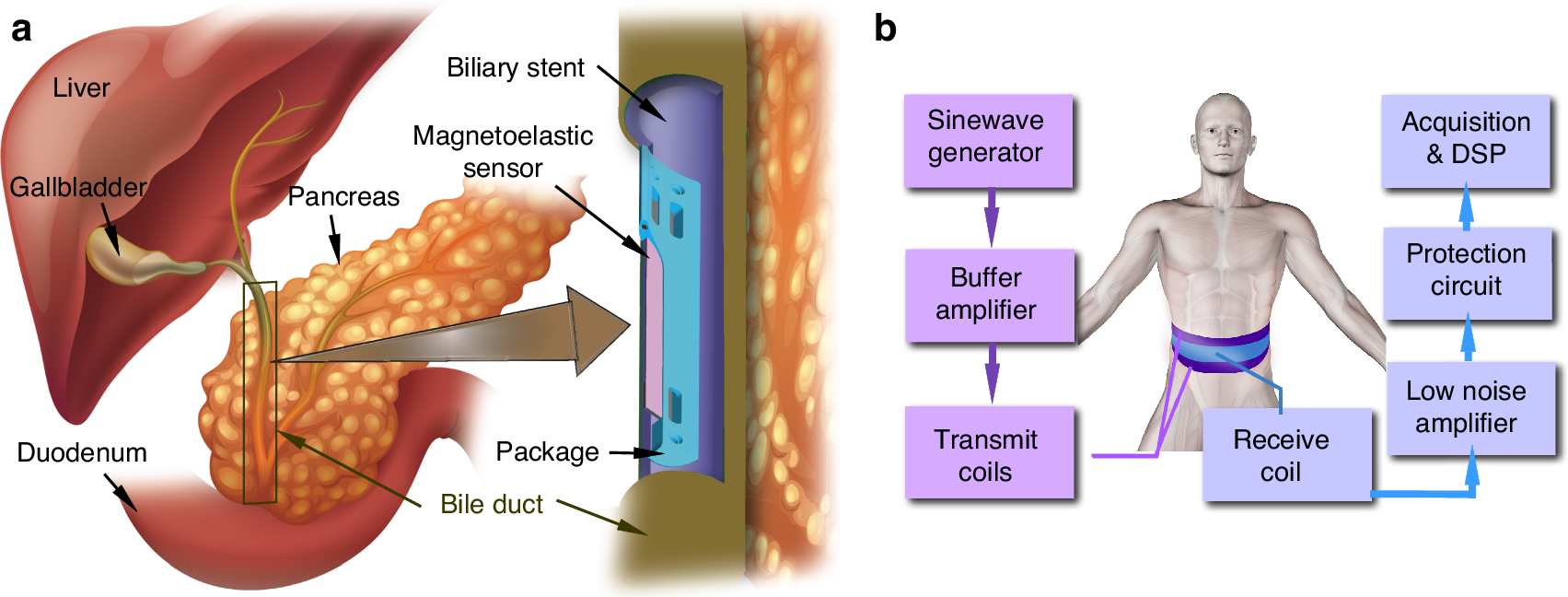2024-11-01 パシフィック・ノースウェスト国立研究所(PNNL)
<関連情報>
- https://www.pnnl.gov/news-media/researchers-develop-high-tech-methods-stem-flow-fentanyl
- https://pubs.acs.org/doi/10.1021/jasms.4c00200
- https://pubs.acs.org/doi/10.1021/jasms.4c00049
ニタゼンアナログプロトマーの気相挙動を、イオン移動度-オービトラップ質量分析法を用いたロスレスイオン操作構造で解明する Elucidating the Gas-Phase Behavior of Nitazene Analog Protomers Using Structures for Lossless Ion Manipulations Ion Mobility-Orbitrap Mass Spectrometry
Adam L. Hollerbach,Vivian S. Lin,Yehia M. Ibrahim,Robert G. Ewing,Thomas O. Metz,and Kabrena E. Rodda
Journal of the American Society for Mass Spectrometry Published: June 22, 2024
DOI:https://doi.org/10.1021/jasms.4c00200
Abstract

2-Benzylbenzimidazoles, or “nitazenes”, are a class of novel synthetic opioids (NSOs) that are increasingly being detected alongside fentanyl analogs and other opioids in drug overdose cases. Nitazenes can be 20× more potent than fentanyl but are not routinely tested for during postmortem or clinical toxicology drug screens; thus, their prevalence in drug overdose cases may be under-reported. Traditional analytical workflows utilizing liquid chromatography-tandem mass spectrometry (LC–MS/MS) often require additional confirmation with authentic reference standards to identify a novel nitazene. However, additional analytical measurements with ion mobility spectrometry (IMS) may provide a path toward reference-free identification, which would greatly accelerate NSO identification rates in toxicology laboratories. Presented here are the first IMS and collision cross section (CCS) measurements on a set of fourteen nitazene analogs using a structures for lossless ion manipulations (SLIM)-orbitrap MS. All nitazenes exhibited two high intensity baseline-separated IMS distributions, which fentanyls and other drug and druglike compounds also exhibit. Incorporating water into the electrospray ionization (ESI) solution caused the intensities of the higher mobility IMS distributions to increase and the intensities of the lower mobility IMS distributions to decrease. Nitazenes lacking a nitro group at the R1 position exhibited the greatest shifts in signal intensities due to water. Furthermore, IMS-MS/MS experiments showed that the higher mobility IMS distributions of all nitazenes possessing a triethylamine group produced fragment ions with m/z 72, 100, and other low intensity fragments while the lower mobility IMS distributions only produced fragment ions with m/z 72 and 100. The IMS, solvent, and fragmentation studies provide experimental evidence that nitazenes potentially exhibit three gas-phase protomers. The cyclic IMS capability of SLIM was also employed to partially resolve four sets of structurally similar nitazene isomers (e.g., protonitazene/isotonitazene, butonitazene/isobutonitazene/secbutonitazene), showcasing the potential of using high-resolution IMS separations in MS-based workflows for reference-free identification of emerging nitazenes and other NSOs.
ロスレスイオン操作イオンモビリティ-オービトラップ質量分析を用いたフェンタニルアナログプロトマーのユニークなフラグメンテーションパターンの同定 Identification of Unique Fragmentation Patterns of Fentanyl Analog Protomers Using Structures for Lossless Ion Manipulations Ion Mobility-Orbitrap Mass Spectrometry
Adam L. Hollerbach,Yehia M. Ibrahim,Vivian S. Lin,Katherine J. Schultz,Adam P. Huntley,P. B. Armentrout,Thomas O. Metz,and Robert G. Ewing
Journal of the American Society for Mass Spectrometry Published: March 12, 2024
DOI:https://doi.org/10.1021/jasms.4c00049
Abstract

The opioid crisis in the United States is being fueled by the rapid emergence of new fentanyl analogs and precursors that can elude traditional library-based screening methods, which require data from known reference compounds. Since reference compounds are unavailable for new fentanyl analogs, we examined if fentanyls (fentanyl + fentanyl analogs) could be identified in a reference-free manner using a combination of electrospray ionization (ESI), high-resolution ion mobility (IM) spectrometry, high-resolution mass spectrometry (MS), and higher-energy collision-induced dissociation (MS/MS). We analyzed a mixture containing nine fentanyls and W-15 (a structurally similar molecule) and found that the protonated forms of all fentanyls exhibited two baseline-separated IM distributions that produced different MS/MS patterns. Upon fragmentation, both IM distributions of all fentanyls produced two high intensity fragments, resulting from amine site cleavages. The higher mobility distributions of all fentanyls also produced several low intensity fragments, but surprisingly, these same fragments exhibited much greater intensities in the lower mobility distributions. This observation demonstrates that many fragments of fentanyls predominantly originate from one of two different gas-phase structures (suggestive of protomers). Furthermore, increasing the water concentration in the ESI solution increased the intensity of the lower mobility distribution relative to the higher mobility distribution, which further supports that fentanyls exist as two gas-phase protomers. Our observations on the IM and MS/MS properties of fentanyls can be exploited to positively differentiate fentanyls from other compounds without requiring reference libraries and will hopefully assist first responders and law enforcement in combating new and emerging fentanyls.


